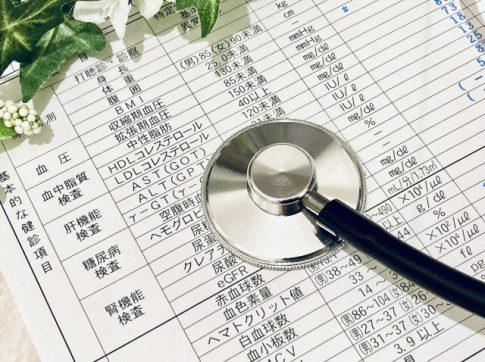Differences in EDs between Japan and the U.S.
1. definition and diagnostic criteria of ED 2. 治療アプローチ 3. differences in health care systems 4. psychological and cultural differences Conclusion In Japan and the U.S., the basic approach with regard to the diagnosis and treatment of ED is similar, but there are distinctive differences in the relationship with lifestyle-related diseases, the emphasis on psychological approaches, and the medical systems. Both countries offer a variety of treatment options to meet the needs of patients, but in the U.S. there is a particular emphasis on lifestyle...















